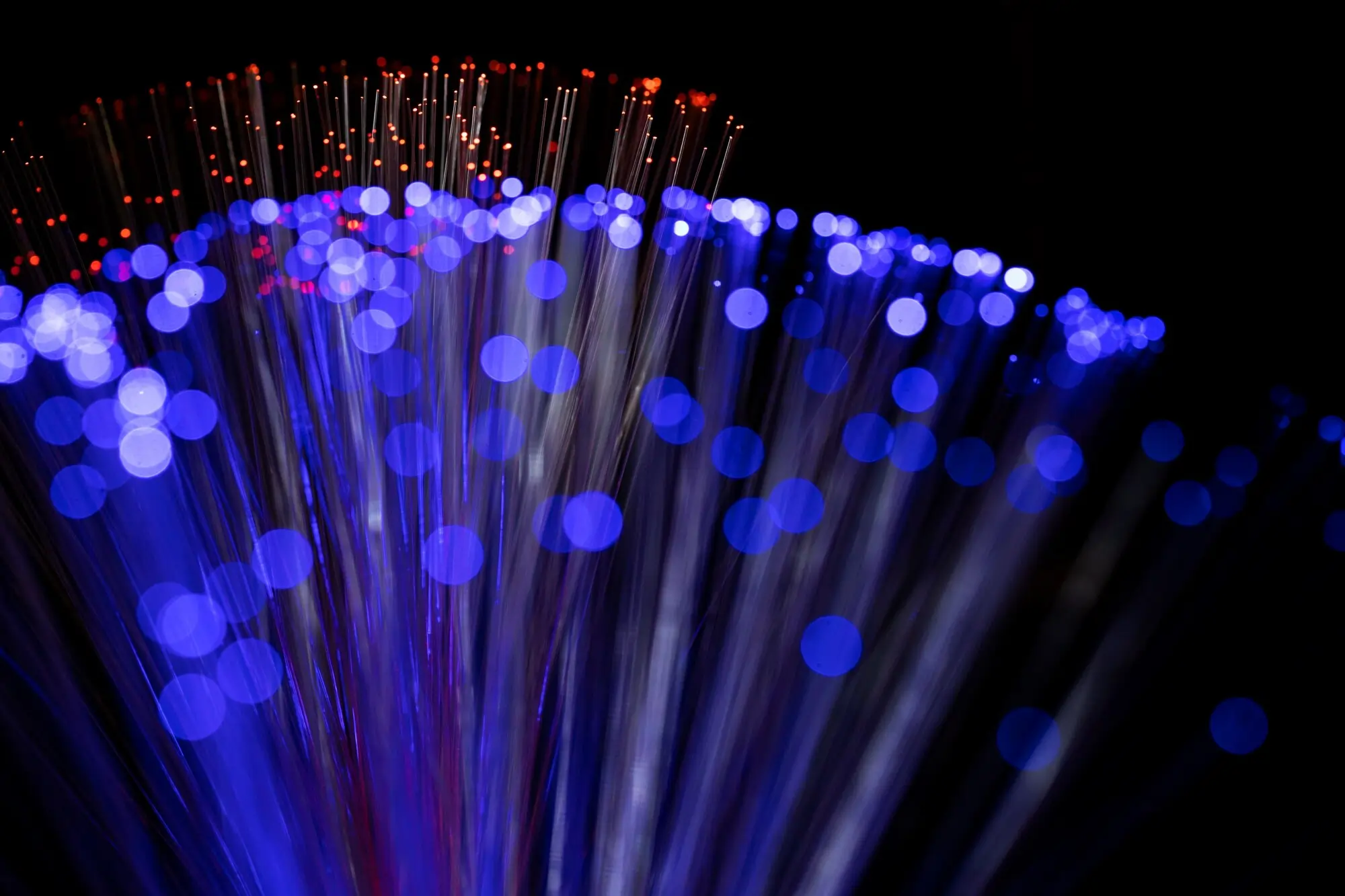Introduction
Fibre optic networks have revolutionized global communication, providing high-speed, high-capacity data transmission that supports everything from streaming and cloud computing to critical medical systems. As data demands continue to rise, so does the need for faster, more efficient, and more reliable fibre optic infrastructure. Let’s dive into the key trends and innovations that are shaping the future of fibre optic technology.
1. Increased Data Capacity with Dense Wavelength Division Multiplexing (DWDM)
DWDM is one of the most significant advancements in fibre optics. It allows multiple data signals to be transmitted simultaneously on the same fibre by using different wavelengths (colors) of laser light. This dramatically increases the bandwidth without laying new fibres, making networks more cost-efficient and scalable.
2. AI-Powered Network Management
Artificial Intelligence and Machine Learning are being used to monitor and manage fibre optic networks in real-time. These technologies help detect faults faster, predict failures before they occur, and optimize data flow. This leads to lower downtime and improved service reliability.
3. Expanded Use of Passive Optical Networks (PONs)
Next-generation PONs, such as NG-PON2 and XGS-PON, are enabling faster internet speeds for both residential and business users. These systems allow for symmetrical upload/download speeds, low latency, and support for 5G backhaul and smart city infrastructure.
4. Integration with 5G Networks
Fibre optic networks are the backbone of 5G. As 5G deployment expands, the need for ultra-fast, low-latency connections between towers and data centers becomes critical. Fibre provides the only viable solution to handle the bandwidth and latency demands of 5G.
5. Development of Hollow-Core Fibre
Unlike traditional solid-core fibres that transmit light through glass, hollow-core fibres allow light to travel through air. This reduces signal loss and latency, potentially enabling speeds up to 50% faster than standard fibre. Though still in the research stage, this innovation has massive potential for future networks.
6. Green and Sustainable Networks
With rising energy concerns, eco-friendly fibre networks are gaining importance. New materials, more efficient network architectures, and smart energy management are being integrated to reduce the environmental impact of large-scale fibre deployments.
Conclusion
The future of fibre optic networks is bright, fast, and smart. From AI-driven systems and increased data capacities to integration with 5G and sustainable technologies, fibre optics will continue to evolve and support the digital demands of tomorrow. Staying informed about these trends is essential for businesses, tech professionals, and consumers alike.

